Why Print Still Deserves a Place in Healthcare Marketing
In a world flooded with digital alerts, pop-ups, and promotional emails, it’s easy to assume that healthcare marketing has fully moved online. But talk to experienced marketers working in the sector, and a different story emerges.
Whether it’s a cancer screening reminder, vaccine invitation, or public health campaign, print is not only still being used, it’s often preferred. It lands with authority. It stays on the fridge. It prompts action. And in some cases, it reaches the people digital channels miss entirely.
This article explores why print is having a quiet resurgence in healthcare, and why marketers are re-evaluating its role in the multi-channel mix.
From direct-mail letters through precision-printed brochures to pharmaceutical packaging, print continues to play a vital role in communicating with patients and professionals.
Print Cuts Through, Especially When It Matters Most
In healthcare, your message isn’t just another click. It could change someone’s life.
Unlike a banner ad or email, a printed letter or leaflet commands focused attention. There’s no scroll, no swipe, no spam folder. Just a message, held in the hand, processed at a slower, more deliberate pace.
A Royal Mail study found that 71% of consumers express complete trust in the mail they receive, far higher than digital channels.
Whether it's a call to book a screening or tips to manage long-term conditions, print enhances comprehension, recall, and response, essential when decisions are health-related.
Trust Is Tangible: Why Print Still Feels Official
Healthcare marketers are acutely aware of one thing: trust is currency. And in an era of misinformation, data breaches, and phishing attempts, trust in digital platforms is fading fast.
A printed envelope with an NHS log, or one from a recognised healthcare provider, signals legitimacy. There’s no worry about links, spoofed domains, or whether the message is a scam.
“Printed letters still carry more weight with patients. They’re seen as more official and trustworthy than an SMS or email.”
- Charlie Brookes, Marketing & Engagement Manager at NHS North West Leadership Academy
Printed material also reduces the risk of sensitive information being misrouted or ignored due to digital noise.
Reaching the Digitally Excluded (Still a Large Group)
It’s easy to design for the digitally literate, but doing so can leave whole populations behind.
Across the UK and Europe, millions remain digitally excluded due to age, income, disability, or connectivity. In some communities, especially among older or rural populations, direct mail remains the most effective, and ethical route for communication.
A hybrid community health campaign in Essex saw higher engagement when print leaflets were delivered alongside local events and social media posts, reaching both online and offline audiences.
Print isn’t just inclusive. It’s respectful.
“In a world dominated by digital, well-executed print carries a premium feel that people still enjoy engaging with.” - Hayley Kiddier, Marketing Campaigns Manager, Radar Healthcare
Regulatory Compliance & Privacy Made Simpler
With GDPR and other data protection laws tightening, marketers are under increasing scrutiny when handling personal health data.
Unlike digital channels, where tracking, consent, and cookies create complexity, print offers a compliant, auditable method of communication, especially for delivering test results, appointment details, or behavioural health prompts.
Print in healthcare campaigns - What Healthcare Marketers Are Saying
Here’s what some healthcare marketing professionals are reporting from the field:
Hayley Kiddier, an experienced marketing campaigns manager at Radar Healthcare, sees print as a powerful amplifier within multi-channel campaigns. In her view, print adds a premium and lasting touch that complements digital activity, helping brands stand out and sustain attention in a fast-paced world.

Print amplifies multi-channel impact.
“In my experience, print delivers the best results when it’s part of a multi-channel campaign. It shouldn’t be the only tactic you rely on, but in a world where most content is consumed digitally, well-executed print carries a premium feel that people still enjoy engaging with.
Some examples that have worked well for me in healthcare campaigns include customer magazines, essentially a premium version of a newsletter, delivered as a single, curated resource. They offer a space to showcase new and original content that’s centred around each customer and prospect.
In a world where content is consumed so quickly, print can also have a lasting impact, whether that’s a notebook with messaging inside, a video mailer that speaks directly to the recipient, or an article in a printed publication that leaps off the page.
As with any channel, knowing your audience and thinking outside the box is key. Grabbing and sustaining attention is hard, but when done well, the results can be profound.”
Our next insight is from Charlie Brookes, Marketing & Engagement Manager at NHS North West Leadership Academy, highlights how print continues to play a vital role in inclusive healthcare. Reflecting on the Right Care, Right Time campaigns, he shares how effective communication, particularly through print, can drive behaviour change, improve service uptake, and ensure patients understand how to access the right care when they need it.

Print supports inclusive healthcare access
“The Right Care, Right Time campaigns are the most prominent print campaigns. I believe they’ve helped some patients better understand how to access the appropriate services for their needs. The evidence for this includes a general drop in A&E wait times across the country.
Of course, a large part of why that’s happened is due to improvements in triage, signposting, and the expansion of alternative care services such as 111, Pharmacy First, extended GP access, and urgent treatment centres.
For me, the key lesson is that the relationship between communications and NHS improvement is symbiotic when it comes to behaviour change. I’d reinforce that by saying that, in my anecdotal experience, I’ve worked with healthcare providers who’ve improved their services - but failed to communicate those changes effectively. As a result, uptake has been poor, and patient satisfaction hasn’t improved alongside the service changes.
In terms of print, there’s often a correlation between lower digital literacy and lower usage of healthcare services. So getting the message across via print is an important inclusion element. However, as digital literacy improves across the population, I believe print’s importance may gradually begin to wane. the same hymn sheet, you don’t just show up, you stand out and get noticed. In a B2B world drowning in jargon, BS and repetitive AI tedium, clarity, consistency, and creativity win every time.”
These perspectives underline the evolving role of print in healthcare communications. With those insights in mind, let’s now explore the next area where print continues to make a difference.
As marketers continue to test and learn, print is increasingly seen as a strategic tool, not a legacy one.
From Appointment Reminders to Behaviour Change
Print is not just for admin or reminders. It plays a valuable role in driving behaviour change.
- Medication adherence: Visual, printed instructions help reduce mistakes and increase compliance.
- Public health: Posters and leaflets raise awareness in GP surgeries, pharmacies, and community centres.
- Behavioural nudges: A letter with a personal tone can be more effective than a generic SMS in encouraging lifestyle changes.
Behavioural science researchers have noted that the physicality of print supports memory retention and action in ways digital can't replicate.
Print Is Personal. Healthcare Is Too.
In a sector where communication directly impacts wellbeing, the medium matters.
Print offers healthcare marketers a trusted, secure, and highly effective way to deliver messages that need to be seen, remembered, and acted upon.
But more than that, print is a human channel. It doesn’t beep or vanish. It stays on the table. It says: “We care enough to send this to you personally.”
🗣 We’d Love to Hear from You
Are you a healthcare marketer who still uses print? Have you run a campaign where print made a measurable difference?
Share your experience. Let’s open the conversation on what’s working, and what’s next.
Call or email us directly
📞 01702 613141
📩 print@formara.co.uk
Key Takeaways:
Print is trusted: Patients view printed healthcare communications as more legitimate and secure than digital-only ones.
Mail boosts recall: Studies show printed information is easier to remember and more likely to prompt action.
It reaches the unreached: Print helps you engage elderly, vulnerable, or digitally excluded audiences.
Privacy by design: Physical mailings sidestep many digital privacy challenges in GDPR-regulated environments.
Hybrid is winning: Smart marketers combine print with digital tools like QR codes, portals, or SMS.
Healthcare is personal - and so is print.















